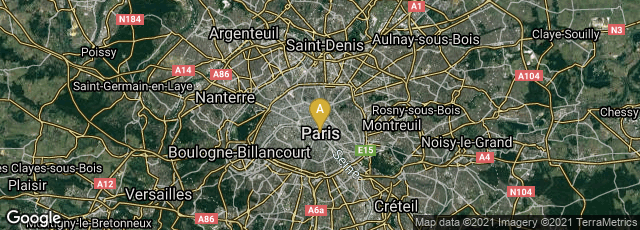L'Enseigne de Gersaint ( "The Shop Sign of Gersaint") an oil on canvas painting in the Charlottenburg Palace in Berlin, by French painter Jean-Antoine Watteau. Completed during 1720–21,[1] it is considered to be the last prominent work of Watteau, who died some time after. It was painted as a shop sign for the marchand-mercier, or art dealer, Edme François Gersaint.


A: Paris, Île-de-France, France
Catalogue raisonné de toutes les pieces qui forment l'oeuvre de Rembrandt by Edme-François Gersaint, P.-C.-A. Helle, and Jean-Baptiste Glomy published in Paris in 1751 was the "first catalogue raisonné in Western art history" (Sylvia Hochfield, "Rembrandt: Myth, Legend, Truth", ARTnews 7/01/06 accessed 09-29-2011). The primary author, Marchand-mercier Gersaint, immortalized by L'Enseigne de Gersaint (Gersaint's Shop Sign) painted by Jean-Antoine Watteau, was an art dealer, the leading auctioneer in Paris of art objects and natural history specimens, and a scholar and connoisseur. He compiled his catalogue from the collection of Dutch painter and writer Arnold Houbraken, of Amsterdam, which had previously been the property of Jan Six, an intimate firend of Rembrandt and the subject of more than one portrait by the artist. Toward the end of the work, in a chapter on doubtful attributions Gersaint addressed the connoisseurship issues involved in distinguishing Rembrandt's work from that of his pupils. He also included a chapter on portraits and other pieces etched after Rembrandt by other masters
After Gersaint's death in 1750, Gersaint's widow turned over the manuscript of the unfinished catalogue to Helle and Glomy who augmented this compilation by examination of a number of collections in France, and published the catalogue in duodecimo format one year later. An English translation of the catalogue appeared in London in 1752 as A Catalogue and Description of the Etchings of Rembrandt Van-Rhyn, with some Account of his Life. To which is added, A List of the best Pieces of this Master.
Publication of Gersaint's catalogue stimulated further research. A supplement to Gersaint's catalogue by printmaker Pieter Yver, based on the collection of M. van Leyden, which had been culled from those of Houbraken, Halling, Maas, Moewater and De Burgy, and which was the largest known collection of Rembrandt at the time, was published in Amsterdam in 1756. Austrian scholar and artist Adam Bartsch issued a new, revised edition of the catalogue in Vienna in 1797. In 1796 Daniel Daulby, celebrated in his own lifetime as perhaps the greatest British collector of Rembrandt etchings, issued from Liverpool a new English edition entitled A Descriptive catalogue of the works of Rembrandt ... compiled from original etchings. In 1824 Le Chevalier de Claussin published a revised and expanded edition of the Gersaint catalogue, and in 1828 he published a supplement to that work.
Glorieux, À l'Enseigne de Gersaint: Edme-François Gersaint, marchand d'art sur le Pont Notre-Dame (2002).
Michel, Le Commerce du tableau à Paris dans la seconde moitié du XVIIIe siècle (2007).
(This entry was last revised on 05-25-2014.)